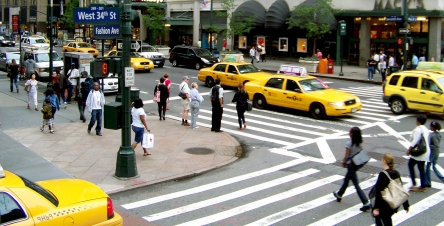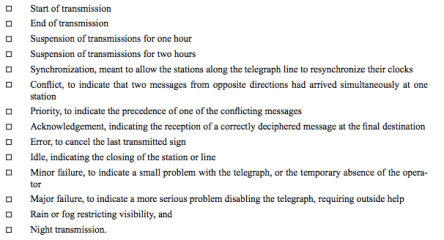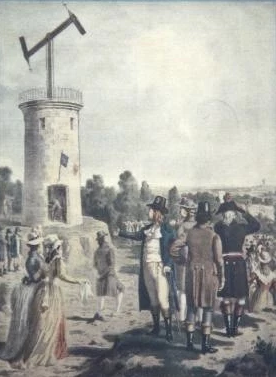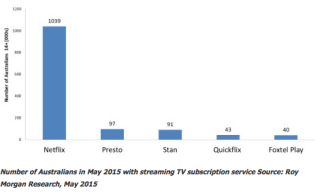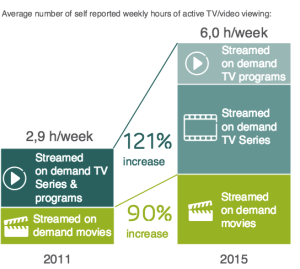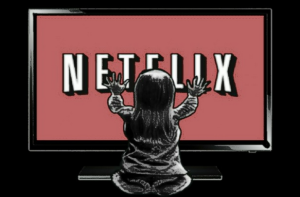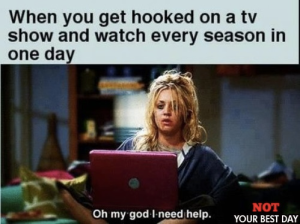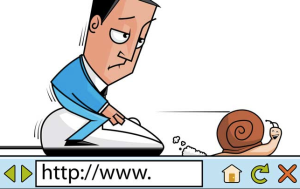The project in which I have been following for the semester is Chelsea’s website creation with APSI. Chelsea received an offer for an internship from the Australian Professional Snow Sport Instructors as they wanted a keen individual to assist them in improving there current website and take on some social media responsibilities. Chelsea jumped at this opportunity and was eager to put her website design skills to the test as it is obviously an area she is passionate about and wants to gain some professional experience. Her aim was to create a more exciting website for the organization which would hopefully impress them and lead to some paid work and also be something she could use in the future to show other employers.
After listening to her beta presentation today Chelsea explained there have been some hiccups along the way. Chelsea was ready to jump in and get her hands dirty in some design concepts for the website but found that process with the website was slowed due to APSI lack of enthusiasm. But Chelsea showed perseverance and continued emailing and the business although she may have felt as though she was pestering them I believe this shows what great character she has and how determined she was to prove what she could do. Finally APSI decided they would look at some of her designs and they were not disappointed. Using the Wix website creation as a medium Chelsea designed two concept websites that were a huge step up from the current website.
The website utilized gif like videos in the background which I thought gave the website a vibrant feel and added so life to the page, Chelsea used premier pro to edit the videos and had never used this program before which demonstrates her quick learning abilities. She is also currently in the process of making another website template with videos. The websites colour pallet is in accordance with what APSI have informed Chelsea it needs to be soft grey tones with different shades of blue. Overall I think these colours work nicely together and contrast with the context of snow once combined with the images of mountains and skiers. The navigation of the page is simple and user friendly with clearly labeled tabs that sit nicely at the top of the page. Something that was discussed in class that could be improved was the sizing of the top banner, it was too large and could be improved but overall the layout and presentation of the website was clean, crisp and engaging.
Chelsea’s beta presentation could have been slightly improved as she really only walked us through the website quickly and discussed some of communication boundaries she had with APSI. Although her website was impressive she could have gone into more depth about the processes she went through to generate her ideas and actually develop them. She also never explained if she did any work with there social media or whether or not the website was her main focus. From my observation I don’t believe Chelsea was at fault, as the organization seemed to lack the enthusiasm that she quite clearly had. Once Chelsea had proven to ASPI how much of an asset she could be they offered her some paid work and also discussed there plans for the future of the website which is an accomplishment she should be proud of.
My advice for Chelsea is to continue developing website design ideas for the company and experiment with a range of different layouts, images and videos. To generate more interest in the page itself she could definitely use APSI’s social media. APSI mentioned they wanted to go for a website design that had similar aspects from the nzsia.org and this would be a good starting point for her to stimulate some ideas. Chelsea’s project can be seen as a success even though the APSI website hasn’t changed since the commencement of the project Chelsea pushed forward and showed inactive to go out on her own and create some really good content. She turned a business around who showed little enthusiasm at the start for change through her dedication and hard work. I think what impresses me so much about Chelsea’s project is that when she was faced with a challenge she didn’t quit she put her head down and made things happen for herself when many other people would have raised the white flag.
The APSI website is in dire need of an upgrade it is bland and not engaging at all I believe that Chelsea is the girl to turn this website around and I have full confidence in her abilities as a web designer to accomplish the goals she set out to achieve. More bright colourful images are needed and her beta designs are definitely a step in the right direction. I hope Chelsea continues to impress the company and will continue to follow the website and the progress she makes as I myself want to pursue a career that will involve website design





